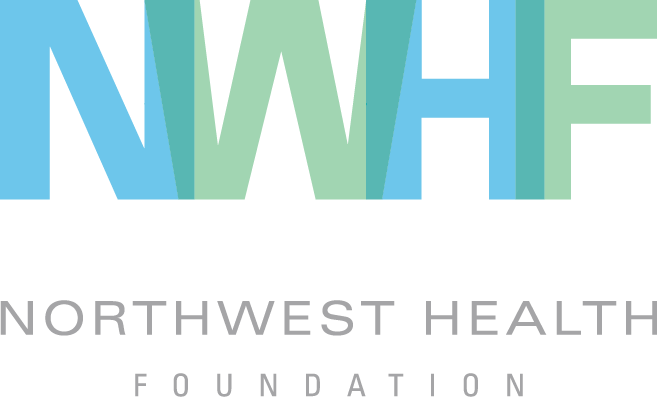Diversitykids.org: A powerful tool to analyze & compare data on child wellbeing
/diversitydatakids.org is a comprehensive information system to monitor the state of wellbeing, diversity, opportunity and equity for U.S. children. You can create your own community profiles, analyze data, compare communities and build a case for investments in early life.



